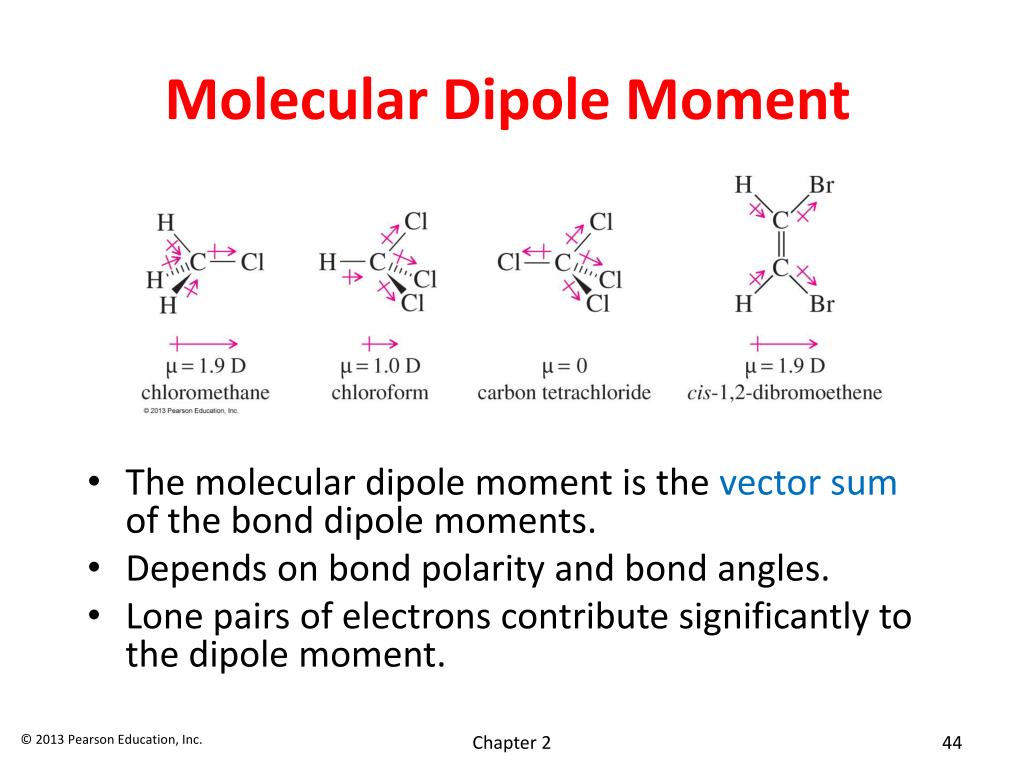

The simplest approximation is to replace the charge array with a model of ideal (infinitesimally spaced) dipoles.

To the accuracy of this dipole approximation, as shown in the previous section, the dipole moment density p( r) (which includes not only p but the location of p) serves as P( r).Īt locations inside the charge array, to connect an array of paired charges to an approximation involving only a dipole moment density p( r) requires additional considerations. In particular, truncating the expansion at the dipole term, the result is indistinguishable from the polarization density generated by a uniform dipole moment confined to the charge region. By truncating this expansion (for example, retaining only the dipole terms, or only the dipole and quadrupole terms, or etc.), the results of the previous section are regained. If observation is confined to regions sufficiently remote from a system of charges, a multipole expansion of the exact polarization density can be made. This linear dielectric example shows that the dielectric constant treatment is equivalent to the uniform dipole moment model and leads to zero charge everywhere except for the surface charge at the boundary of the sphere.


 0 kommentar(er)
0 kommentar(er)
